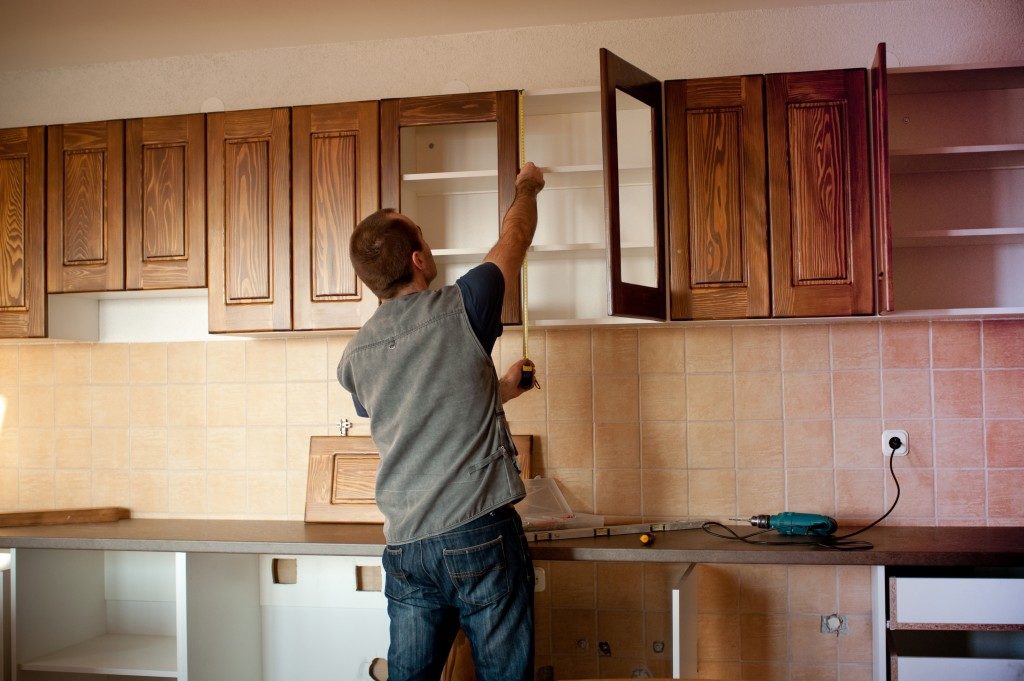Historic houses have a singular charm that transcends time. Take the Gardner home in Milcreek, for example. This is the oldest residence in Utah that is still standing in its original location. It was built by Robert Gardner Jr. in 1848, one of the first to build a sawmill in Mill Creek. It’s included in the National Register of Historic Places.
Late last year, Robin Gardner Juvan, a direct descendant of the original owner, finished the six-year long restoration process of the historic house. The plan to revitalize the Gardner home has been almost 60 years in the making, starting from Juvan’s father.
The restoration process uncovered the original foundation, which Robert Gardner Jr. built personally, with rocks taken from the river behind the house. They also managed to preserve the timbers and rafters from the original structure.
A Closer Look at Historic Homes
Historic homes are not all about the aesthetics, they also have value. A historic house must meet several criteria before an official body recognizes it as such. Generally, the house must be of a certain age and is still recognizable from when it became historic. This means that the house should be in relatively good condition and has not been through major alterations. Lastly, there must be either an important historical event that occurred in the property or a person of historical importance associated with it.
Because of these qualities, historic homes increase in value. These homes are a way for states to revitalize neighborhoods and support the economic health of nearby urban areas. The preservation of these old homes also aid in reviving original town centers.
Buying and Remodeling Historic Homes

Owning a historic house seems like a good idea, especially if you have a penchant for old things. But there are a lot of things to consider when purchasing a historic home. First, it may involve several repairs and renovations. Brace yourself for possible rafter replacements and concrete foundation repairs because these can get expensive. Before you make the purchase, have an experienced home inspector assess the state of the property you’re looking to buy. This way, you’ll at least have an idea of how much renovation you’ll have to do.
Second, historic homes may be subject to code standards and restrictions in terms of exterior design, especially if they are listed in the National Register of Historic Places. The point of a historic home is to preserve its original features and the character of the neighborhood, so there are limitations to how much you can alter its facade. The restrictions are not as strict when it comes to interior reconstructions.
Regulations for exterior changes vary depending on the historic district, but there are conventional rules. Generally, you can’t stray too far from the house’s original design. You can replace features, like windows and shutters, moldings and trimmings, doors, and roofs as long as you use similar materials and the design stays true to the home’s original style.
The best way to manage these restrictions is to be passionate about the property and its history. Learn about what makes it historical and the different events that took place in it. If you have an emotional connection with the home, you will be eager to preserve its original state and features, just like the Gardners and their ancestral home.

